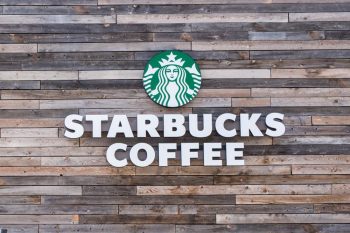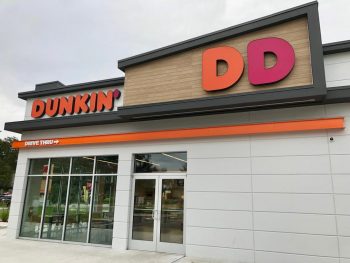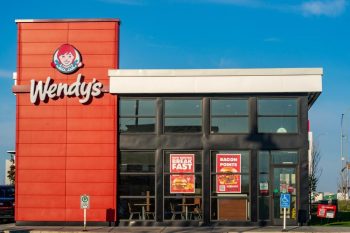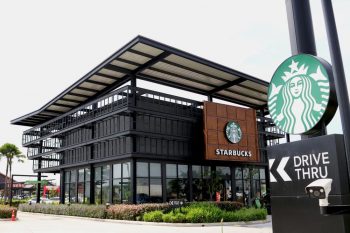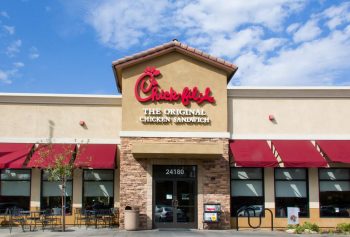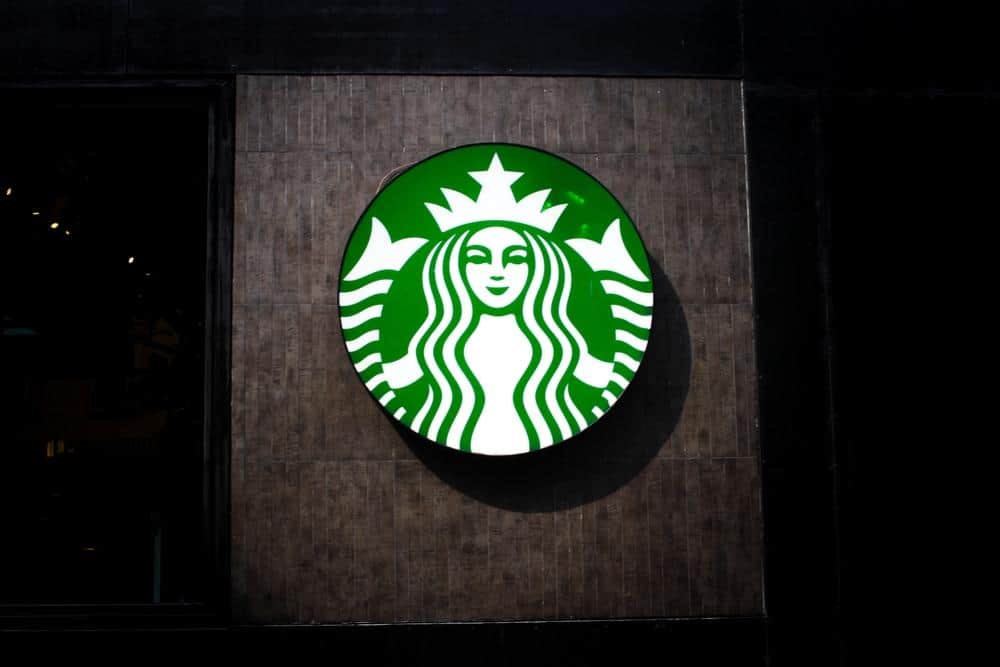
Starbucks, a global coffee powerhouse, has become an integral part of many people’s daily routine. Since its humble beginnings in 1971, the company has grown to operate over 33,833 stores in more than 80 countries. But what makes Starbucks so successful? In this comprehensive article, we will delve into the key factors that have contributed to Starbucks’ success and how they continue to maintain their position as a leading coffee chain worldwide.
Starbucks’ success can be attributed to several key factors. These include providing a ‘third-place’ experience, offering high-quality products, emphasizing employee satisfaction, continuously innovating, building a strong brand identity, expanding internationally, customizing store designs, leveraging technology, committing to corporate social responsibility, and consistently focusing on customer experience. By successfully implementing these strategies, Starbucks has built a loyal customer base and achieved consistent growth in the highly competitive coffee industry.
Offering a ‘Third-Place’ Experience
Starbucks stores are more than just places to grab a cup of coffee. They are designed to be a comfortable and welcoming environment where people can spend time away from home and work, fostering a sense of community. This concept of providing a ‘third place’ has been a significant factor in Starbucks’ success. The company’s focus on creating a warm and inviting atmosphere encourages customers to stay longer, buy more, and return for another visit.
High-Quality Products
Starbucks is renowned for its premium coffee and other beverages, as well as its pastries and confections. The company focuses on delivering high-quality products and ensuring freshness. Starbucks’ commitment to quality is evident in its sourcing practices. The company uses only high-quality Arabica beans and has achieved 99% ethically-sourced coffee, measured according to the Coffee and Farmer Equity (C.A.F.E.) practices. This focus on quality has helped Starbucks build a strong brand reputation and differentiate itself from competitors.
Employee Satisfaction and Approach
Starbucks invests in its employees, offering benefits such as stock options and comprehensive training programs. This focus on employee satisfaction leads to a positive work culture and motivated staff who provide excellent customer service. Starbucks was the first private employer in the U.S. to offer both full and part-time eligible employees stock options. This approach ensures that employees are motivated to provide excellent service, as their financial well-being is directly tied to customer satisfaction.
Innovation and Experimentation
Starbucks continually experiments with new products, store designs, and technologies to enhance the customer experience and stay ahead of the competition. The company has introduced several innovative products and services, such as the Clover Vertica™ brewer, Mastrena II espresso machine, and a mobile app for ordering and payment. This commitment to innovation has helped Starbucks maintain its competitive edge and adapt to changing consumer preferences.
Branding and Marketing
Starbucks has built a strong brand identity that extends beyond its products. The company’s consistent branding, innovative marketing campaigns, and effective use of digital and social media platforms have helped it maintain visibility in consumers’ lives and foster long-term connections. Starbucks’ prestige approach to product marketing, offering high-quality, industry-leading products, helps maintain its premium image and attract customers who are willing to pay more for a superior experience.
International Market Expansion
Starbucks’ aggressive international expansion, particularly in emerging markets like China, has significantly contributed to its growth. The company’s strategy of cultural mindfulness, market research, local partnerships, and maintaining its core brand identity while adapting to local cultures and preferences has been successful in establishing a strong presence in various countries around the world.
Store Design and Localization
Starbucks customizes its store designs to reflect local aesthetics and culture, creating a unique and engaging environment for customers. This strategy not only enhances the customer experience but also fosters a sense of community and belonging.
Focus on Technology
Starbucks has embraced technology to enhance the customer experience. Offering free Wi-Fi in its stores, developing a mobile app for ordering and payment, and implementing automation to streamline operations are just a few examples of how Starbucks uses technology to its advantage.
Corporate Social Responsibility
Starbucks’ commitment to corporate social responsibility has helped build a positive brand image. The company focuses on ethical sourcing, environmental sustainability, and community involvement. Starbucks has set ambitious environmental goals, such as becoming resource positive, storing more carbon than it emits, eliminating waste, and conserving and replenishing more freshwater than it uses.
Consistent Focus on Customer Experience
Starbucks prioritizes the customer experience in all aspects of its business, from product quality to store design and employee training. The company uses artificial intelligence, big data, and machine learning to enhance the customer experience, tailoring it to individual preferences.
In summary, Starbucks’ success can be attributed to its focus on providing a ‘third-place’ experience, offering high-quality products, investing in employee satisfaction, embracing innovation, building a strong brand identity, expanding internationally, customizing its store designs, utilizing technology, committing to corporate social responsibility, and maintaining a consistent focus on the customer experience. These factors have helped Starbucks build a loyal customer base and achieve consistent growth in the highly competitive coffee industry.
Despite facing challenges such as long wait times, competition, changes in consumer preferences, maintaining brand identity, ethical issues, and unionization efforts, Starbucks has managed to overcome these obstacles and continue to thrive. The company’s ability to address these challenges head-on and adapt to changing market conditions highlights its resilience and commitment to providing an exceptional customer experience.
Starbucks’ success story is a testament to its strategic vision, commitment to quality, and dedication to customer satisfaction. Through its unique blend of product innovation, employee satisfaction, and corporate social responsibility, Starbucks continues to brew success in the global coffee industry.
Frequently Asked Questions
What is the ‘third-place’ concept that Starbucks uses?
The ‘third-place’ concept refers to a place that is neither home (‘first place’) nor work (‘second place’) but a separate, communal space where individuals can gather and interact. Starbucks aims to provide this ‘third-place’ experience by creating a welcoming and comfortable environment in their stores where customers can relax, work, or socialize.
What are the Coffee and Farmer Equity (C.A.F.E.) practices?
The Coffee and Farmer Equity (C.A.F.E.) practices are a set of guidelines established by Starbucks to achieve product quality, economic accountability, social responsibility, and environmental leadership in sourcing its coffee. These practices ensure that the company’s coffee is ethically sourced, focusing on aspects like fair pricing, sustainable farming practices, and the well-being of coffee farmers and their communities.
What is Starbucks’ approach to employee satisfaction?
Starbucks’ approach to employee satisfaction includes offering benefits such as stock options and comprehensive training programs. The company was the first private employer in the U.S. to offer both full and part-time eligible employees stock options. This approach ensures that employees are motivated to provide excellent service, as their financial well-being is directly tied to customer satisfaction.
How does Starbucks use technology to enhance the customer experience?
Starbucks leverages technology in various ways to enhance the customer experience. The company offers free Wi-Fi in its stores, has developed a mobile app for easy ordering and payment, and uses artificial intelligence, big data, and machine learning to tailor the customer experience to individual preferences.
What is Starbucks’ commitment to corporate social responsibility?
Starbucks’ commitment to corporate social responsibility involves focusing on ethical sourcing, environmental sustainability, and community involvement. The company has set ambitious environmental goals, such as becoming resource positive, storing more carbon than it emits, eliminating waste, and conserving and replenishing more freshwater than it uses.



